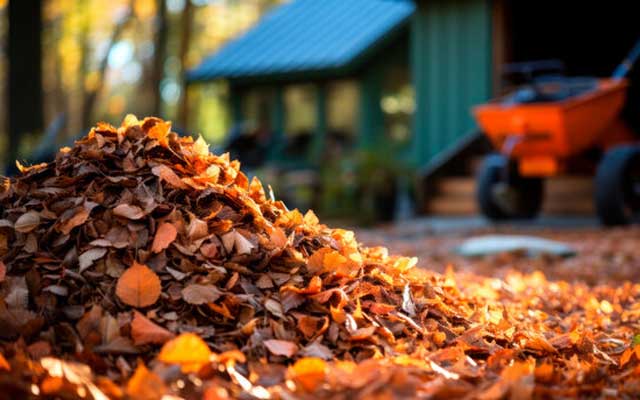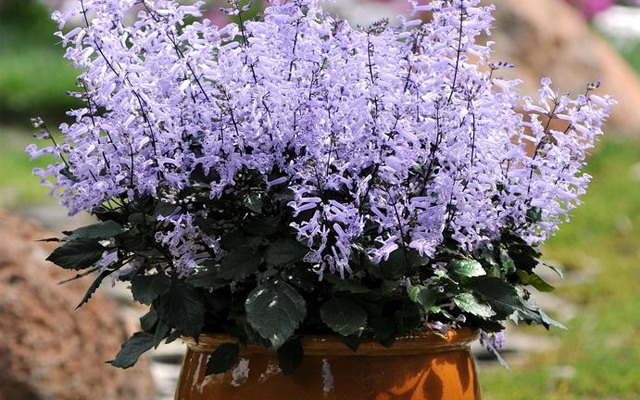Winding down your garden in the fall is an important part of preparing for the winter season. It involves several tasks to ensure that your plants are protected and your garden is ready for the colder months. Here are some steps you can follow to wind down your garden in the fall:
- Harvest the remaining produce: Gather any remaining vegetables, fruits, or herbs from your garden before the first frost hits. This will prevent them from being damaged or wasted.
- Remove spent plants: Pull out any annual plants that have finished producing or started to decline. Clear the garden beds of debris, weeds, and fallen leaves.
- Prune and trim: Trim back any overgrown branches or foliage from shrubs, trees, and perennial plants. This will help promote healthy growth in the following seasons.
- Amend the soil: Fall is a great time to amend your soil by adding compost or well-rotted manure. This will enrich the soil and improve its fertility for the next growing season.
- Mulch the beds: Apply a layer of mulch around your plants to help insulate the soil and protect the roots from extreme cold. Mulch also helps suppress weed growth.
- Clean and store garden tools: Clean your gardening tools, including shovels, rakes, and pruners, before storing them for the winter. Remove any dirt or debris and consider applying a light coat of oil to prevent rust.
- Drain and store hoses: Drain and disconnect garden hoses and store them in a shed or garage to prevent freezing and damage.
- Consider composting: If you have a compost pile, collect fallen leaves, plant debris, and other organic matter from your garden to add to the compost. This will create nutrient-rich compost for next year’s garden.
- Protect tender plants: If you have sensitive plants that will not survive the winter, consider digging them up and transferring them to pots for indoor cultivation. Alternatively, cover them with burlap or protective cloth to shield them from frost and cold temperatures.
- Plan for the next season: Take some time to reflect on your garden’s performance during the current season and make notes of what worked well and what could be improved. Use this information to plan for next year’s garden, including crop rotations, new plant selections, and any necessary adjustments.
By following these steps, you can properly wind down your garden in the fall, ensuring its health and setting the stage for a successful garden in the upcoming growing season.





